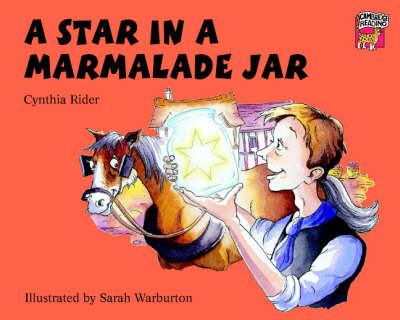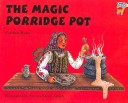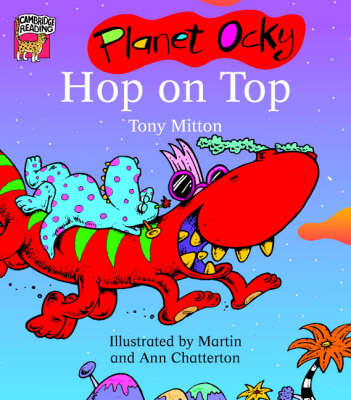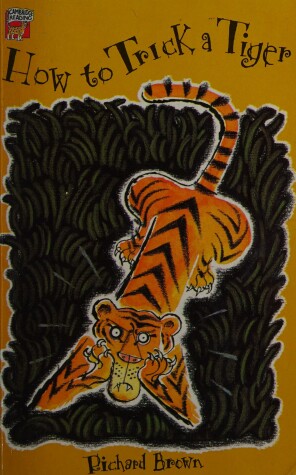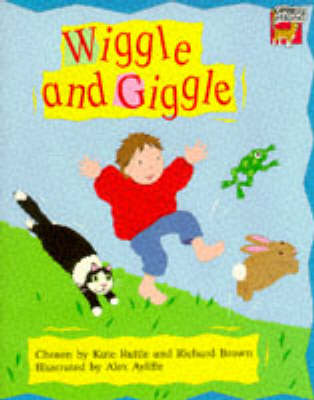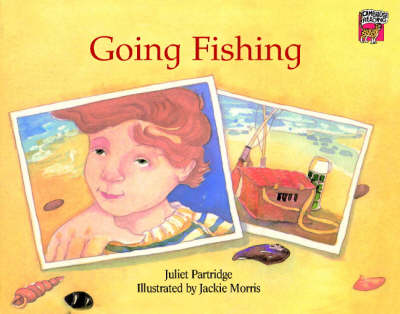Cambridge Reading
39 total works
Beginning to Read: Phonics for Reading Children's Book Pack 1
by Francis Lynne and Ms Cynthia Rider
Beginning to Read: Sight Vocabulary Fiction Strand Pack
by Jan Ormerod, Tony Mitton, Miriam Ross, and Ms Cynthia Rider
Beginning to Read: Pattern and Rhyme Strand Pack
by Juliet Partridge, Kate Ruttle, Richard Brown, Rosemary Davidson, Nkululeko Lindi, and Tony Mitton
Beginning to Read: Phonics for Reading Strand Pack
by Francis Lynne and Ms Cynthia Rider
